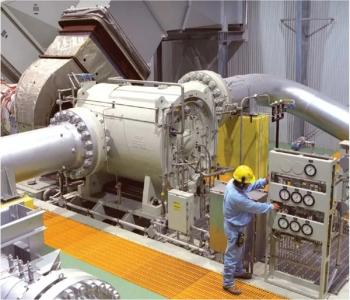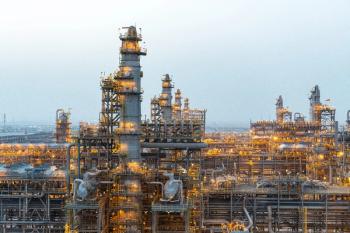
OEM line-up set for gas generation growth
The OEM line-up for the coming years of long-term growth is clear. The round of consolidation among the big players seems to be over as the power generation industry is coming out of a cyclical downturn and looking ahead to load growth and orders. Turbomachinery sales touched a peak past the middle of last decade and have come down although 2013 saw significant growth.
While GE has bought Alstom, Siemens has acquired Rolls-Royce aeroderivatives. Mitsubishi had earlier bought Pratt&Whitney’s aeroderivatives. Alstom’s 350GW of installed capacity (more steam plants than gas turbines though) will be a significant addition to GE’s 1,000GW – a potential technological as well as aftermarket addition.
For the big gas turbine market, we will have only GE, Siemens and Mitsubishi. Starting out as a licensee of Siemens machines, Mitsubishi is now a key third player in the market. It launched a joint bid with Siemens for Alstom.
GE’s simple cycle version
In terms of gas turbine size and flexibility, GE seems to have caught up with others in recent times. The OEM introduced the 9HA (50 Hz) earlier this year that promises up to 470MW in one simple cycle version. The turbine could reach full power within 30 minutes of starting and can be turned down to 40 percent of maximum load while still maintaining performance guarantees. GE has given up on steam cooling, as do other OEMs. Siemens’ H parted ways with the idea that the H-class has to be steam cooled and Mitsubishi’s J class too is air-cooled.
GE had indicated toward the end of the last decade that it was not going to join the efficiency race since that was determined under ISO conditions that rarely apply in emerging large markets and since operational flexibility and low-load efficiency and emissions were more important in the old markets. Nevertheless, Siemens’s H and Mitsubishi’s J promise 60 percent and above efficiency.
GE may well have a point. While 60 percent and above may well be an engineering achievement load conditions of today’s combined cycle plants may have little use for such milestones. As renewables introduce greater flexibility into the grid, the ability to ramp up and down quickly, and low-load capabilities are likely more important.
The new markets in Asia are price-sensitive, demanding fuel flexibility and local sourcing more than classic merchant power requirements. In that context, Ansaldo may have made a smart move by taking in Chinese investment and planning to set up manufacturing units in China.
Newsletter
Power your knowledge with the latest in turbine technology, engineering advances, and energy solutions—subscribe to Turbomachinery International today.





